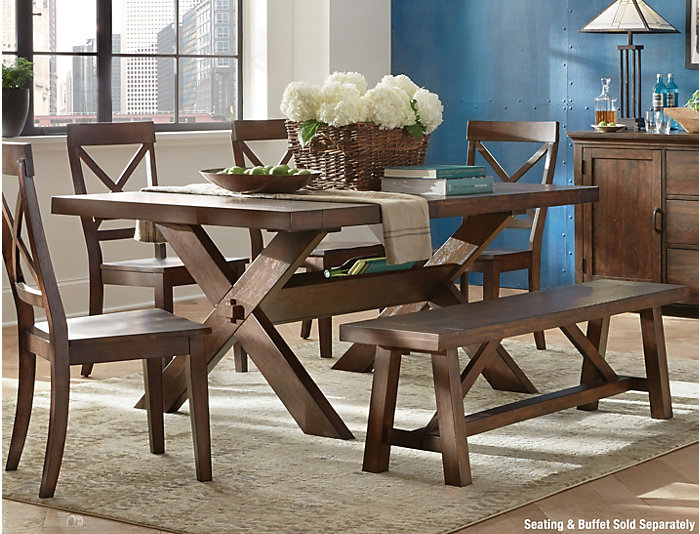If you have a small kitchen, you may think that a kitchen island is out of the question. However, there are still plenty of ways to incorporate a kitchen island into your design without sacrificing precious space. Consider a slim and streamlined kitchen island that can double as a prep area and dining space. This will provide extra storage and functionality without taking up too much room. Another option is to choose a kitchen island with wheels, allowing you to easily move it out of the way when not in use.1. Kitchen Island Ideas for Small Kitchens
A kitchen island can be a valuable addition to any kitchen, providing extra counter space, storage, and seating. But when space is limited, it's important to make the most of every inch. Consider a kitchen island with built-in shelves or cabinets to optimize storage. You can also choose a design with a drop-leaf or pull-out table for additional workspace when needed. Utilizing the vertical space above a kitchen island can also be helpful. Hang pots and pans or install shelves for storing cookbooks and other kitchen essentials.2. How to Maximize Space with a Kitchen Island
A kitchen island doesn't have to be a traditional rectangular shape. Get creative with your design and consider a circular, triangular, or even a curved kitchen island. You can also incorporate unique materials, such as reclaimed wood or concrete, to add character and visual interest to your kitchen island. For a more functional twist, consider adding a built-in sink or stovetop to your kitchen island. This will not only save space but also create a central and convenient cooking area.3. Creative Ways to Incorporate a Kitchen Island into Your Design
When it comes to placing a kitchen island, there are two main options: next to a wall or in the center of the room. Both have their advantages and it ultimately depends on the layout and size of your kitchen. A kitchen island next to a wall can provide additional counter space and storage, while also acting as a room divider. It can also be easier to incorporate plumbing and electrical outlets if needed. On the other hand, a kitchen island in the center of the room can create a more open and spacious feel. It can also provide more flexibility for seating and entertaining.4. Kitchen Island Placement: Next to Wall or in the Center?
As with any design decision, there are pros and cons to having a kitchen island next to a wall. Some advantages include a more traditional and symmetrical look, additional storage and counter space, and easy access to electrical outlets and plumbing. However, a kitchen island next to a wall may also make the space feel more closed off and limit the flow of foot traffic. It may also be more difficult to incorporate seating options.5. Pros and Cons of Having a Kitchen Island Next to a Wall
When designing a kitchen island next to a wall, it's important to consider both style and functionality. Make sure the height and depth of the island are appropriate for your needs and the space available. Incorporate storage options, such as shelves or cabinets, and consider adding a sink or stovetop if desired. Don't forget about the design aspect as well. Choose materials and finishes that complement the rest of your kitchen and add visual interest to the space.6. Designing a Functional Kitchen Island Next to a Wall
The size of your kitchen island can make a big difference in both functionality and aesthetics. Here are some tips to help you choose the right size for your space. Consider the overall size and layout of your kitchen. A small and narrow kitchen may benefit from a smaller kitchen island, while a larger kitchen can handle a bigger island. Also, think about the purpose of your kitchen island. If it will primarily be used for food preparation, you may not need as much counter space as if it will be used for dining and entertaining.7. Tips for Choosing the Right Size Kitchen Island for Your Space
A kitchen island can also serve as a room divider, especially when placed next to a wall. This can be a great option for open-concept spaces, allowing for a clear separation between the kitchen and living or dining area. To make the most of this function, choose a kitchen island with storage on both sides, or add a bookshelf or seating on one side to create a dual-purpose design.8. Utilizing a Kitchen Island as a Room Divider
Storage is key in any kitchen, and a kitchen island can provide ample space for keeping essentials organized and easily accessible. Consider incorporating pull-out drawers or shelves for pots and pans, spices, and other frequently used items. You can also add a wine rack or built-in shelves for displaying dishes or cookbooks.9. Incorporating Storage into a Kitchen Island Next to a Wall
If you have enough space, adding seating to your kitchen island can be a great way to create a casual dining area or extra seating for guests. Choose stools or chairs that complement the style of your kitchen and provide enough legroom for comfort. If space is limited, consider using stools that can be tucked under the island when not in use. In conclusion, a kitchen island next to a wall can be a functional and stylish addition to any kitchen. Consider these tips and ideas to make the most of this versatile design element in your own home.10. Adding Seating to a Kitchen Island Next to a Wall
The Benefits of Having a Kitchen Island Next to a Wall

When it comes to kitchen design, kitchen islands have become an increasingly popular feature in modern homes. Not only do they provide additional counter space and storage, but they also serve as a focal point in the room. While most people opt for a kitchen island in the center of the room, there are many benefits to having a kitchen island next to a wall . In this article, we will explore the advantages of this design choice and how it can enhance the overall functionality and aesthetic of your kitchen.
Maximizing Space

One of the main benefits of having a kitchen island next to a wall is that it allows you to maximize the space in your kitchen. This is especially beneficial for smaller kitchens where every inch counts. By having the island against the wall, you are creating a more open flow in the room and freeing up space for other essential elements, such as a dining area or additional cabinets.
Efficient Workflow

Having a kitchen island next to a wall also helps to create a more efficient workflow in the kitchen. With the island acting as an extension of your counter space, you can easily move from one area to the other without any obstructions. This is particularly useful when cooking or preparing meals, as you can have all your ingredients and tools within reach on the island, while still having ample space on the counter for food prep.
Additional Storage

Another advantage of having a kitchen island next to a wall is the additional storage it provides. With cabinets and drawers on both sides of the island, you can keep all your kitchen essentials within arm's reach. This eliminates the need to constantly walk back and forth between the counter and cabinets, making cooking and cleaning more efficient. You can also use the space underneath the island for storing larger items, such as pots and pans, freeing up even more space in your cabinets.
Enhanced Design

In addition to its practical benefits, having a kitchen island next to a wall also enhances the overall design of your kitchen. It adds depth and dimension to the room, breaking up the monotony of a long, blank wall. You can also use the island as an opportunity to add a pop of color or unique design element, making it a statement piece in your kitchen.
In conclusion, while a kitchen island in the center of the room may seem like the most logical choice, having a kitchen island next to a wall offers many advantages that should not be overlooked. It maximizes space, creates an efficient workflow, provides additional storage, and enhances the overall design of your kitchen. Consider this design option when planning your next kitchen renovation for a functional and stylish space.
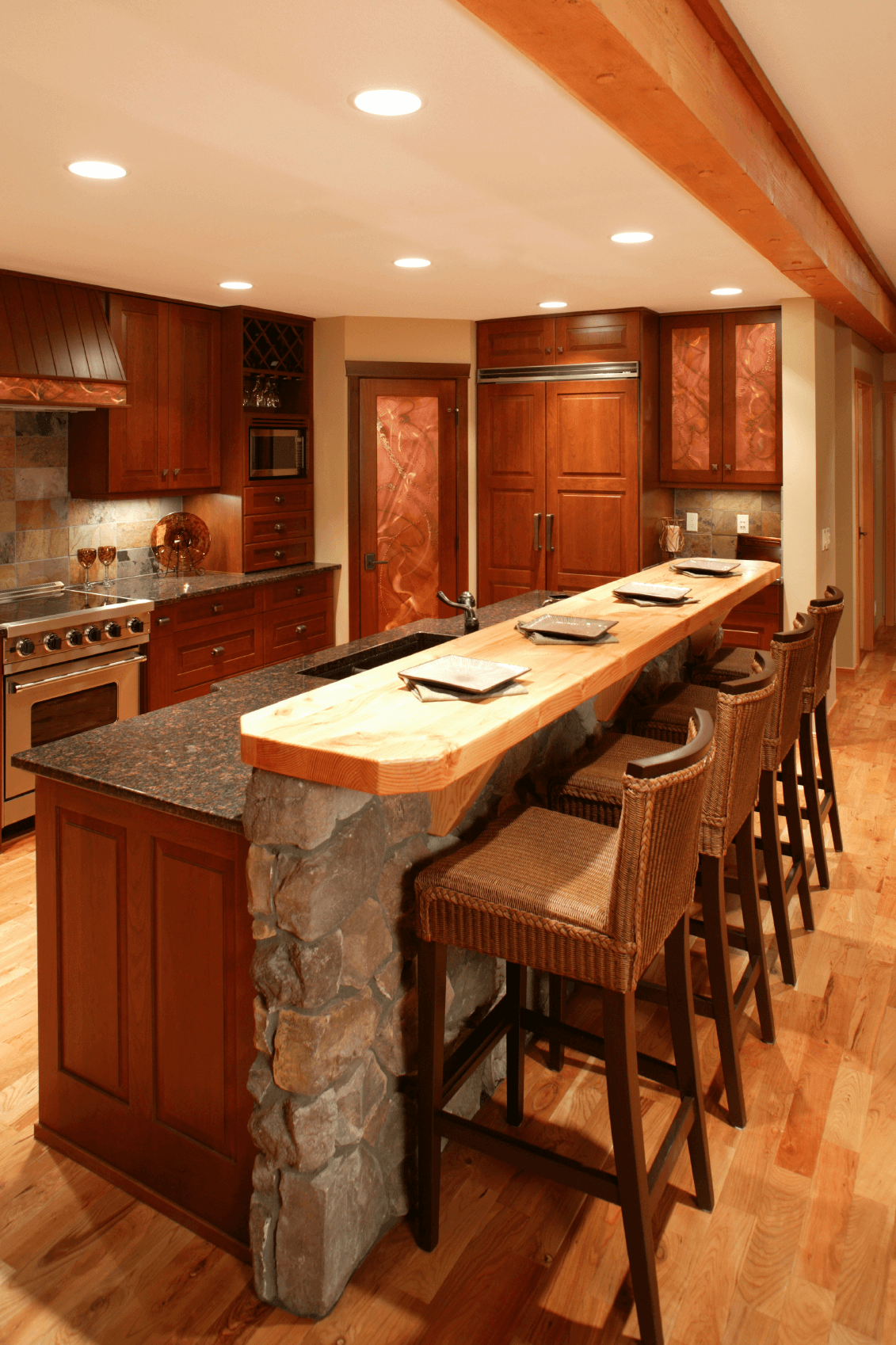






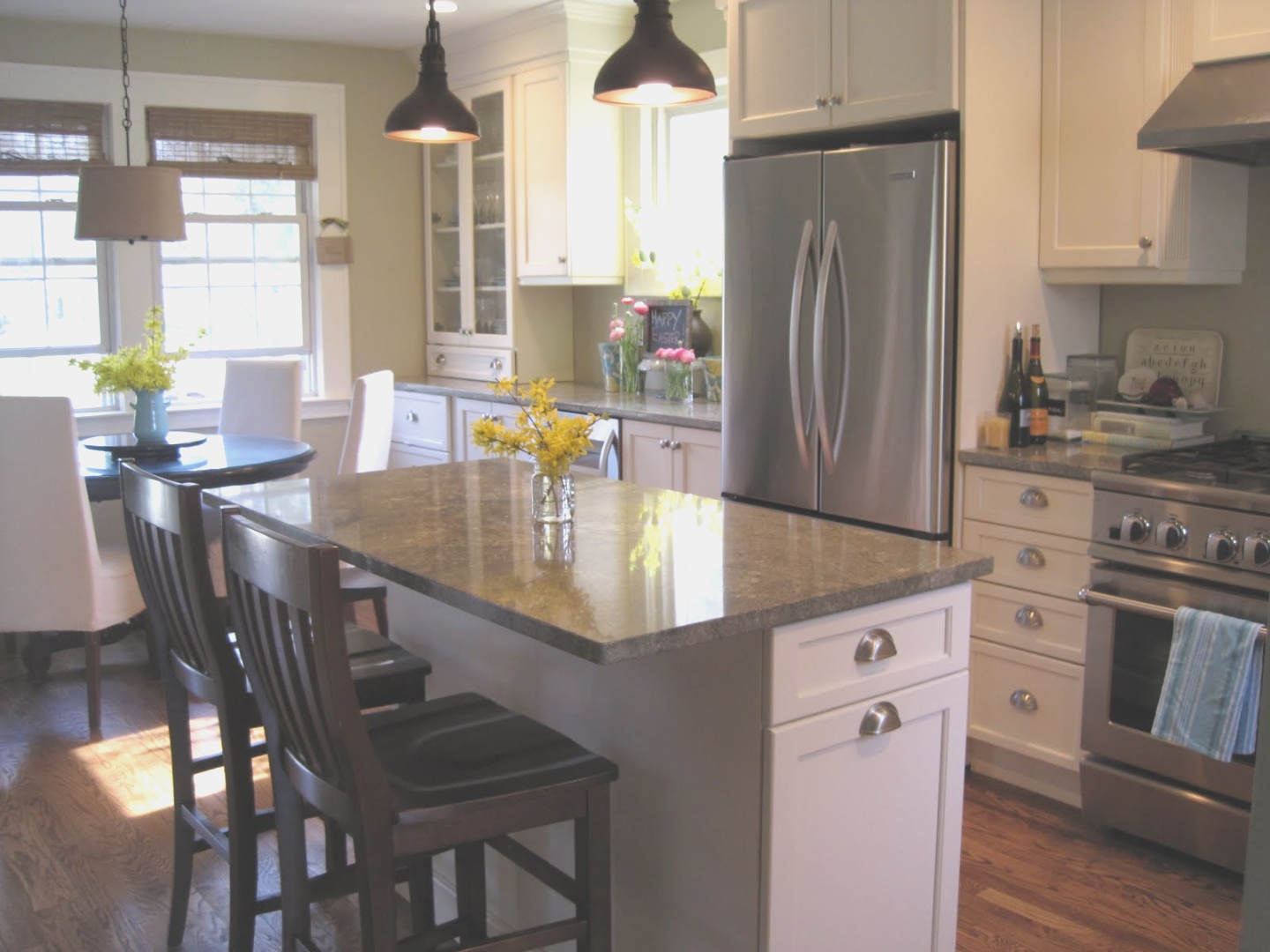

:max_bytes(150000):strip_icc()/19-7-5bf1beab46e0fb0026146238.jpg)












:max_bytes(150000):strip_icc()/farmhouse-style-kitchen-island-7d12569a-85b15b41747441bb8ac9429cbac8bb6b.jpg)

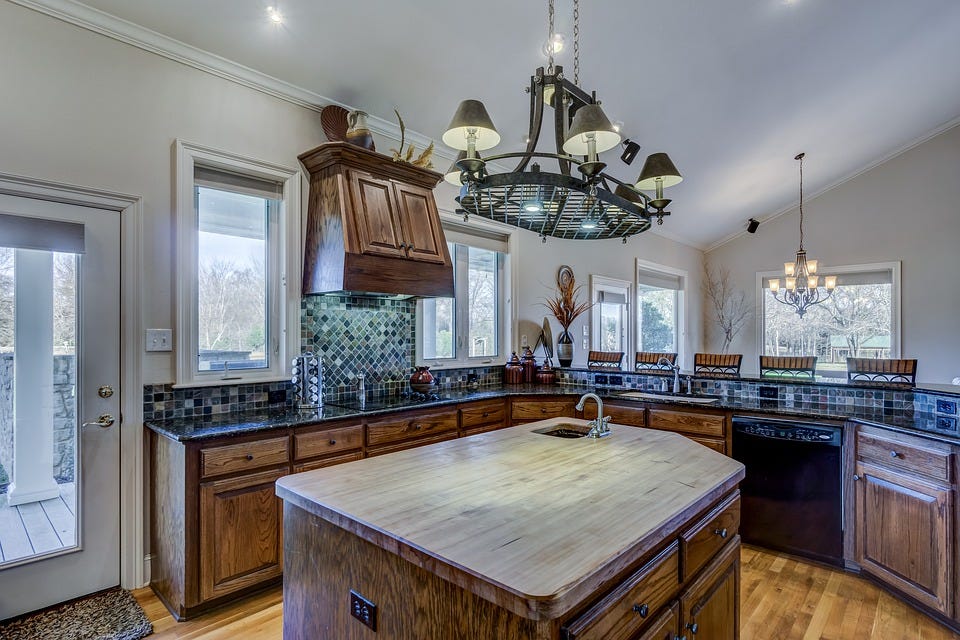






:max_bytes(150000):strip_icc()/DesignWorks-0de9c744887641aea39f0a5f31a47dce.jpg)

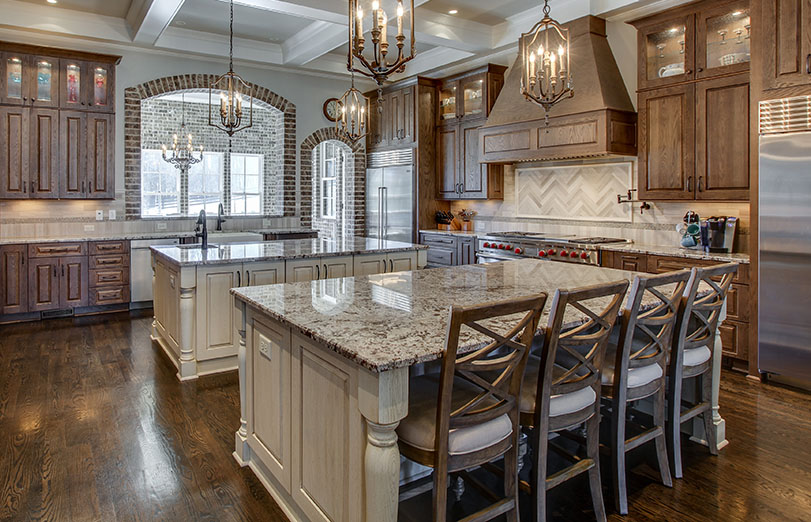
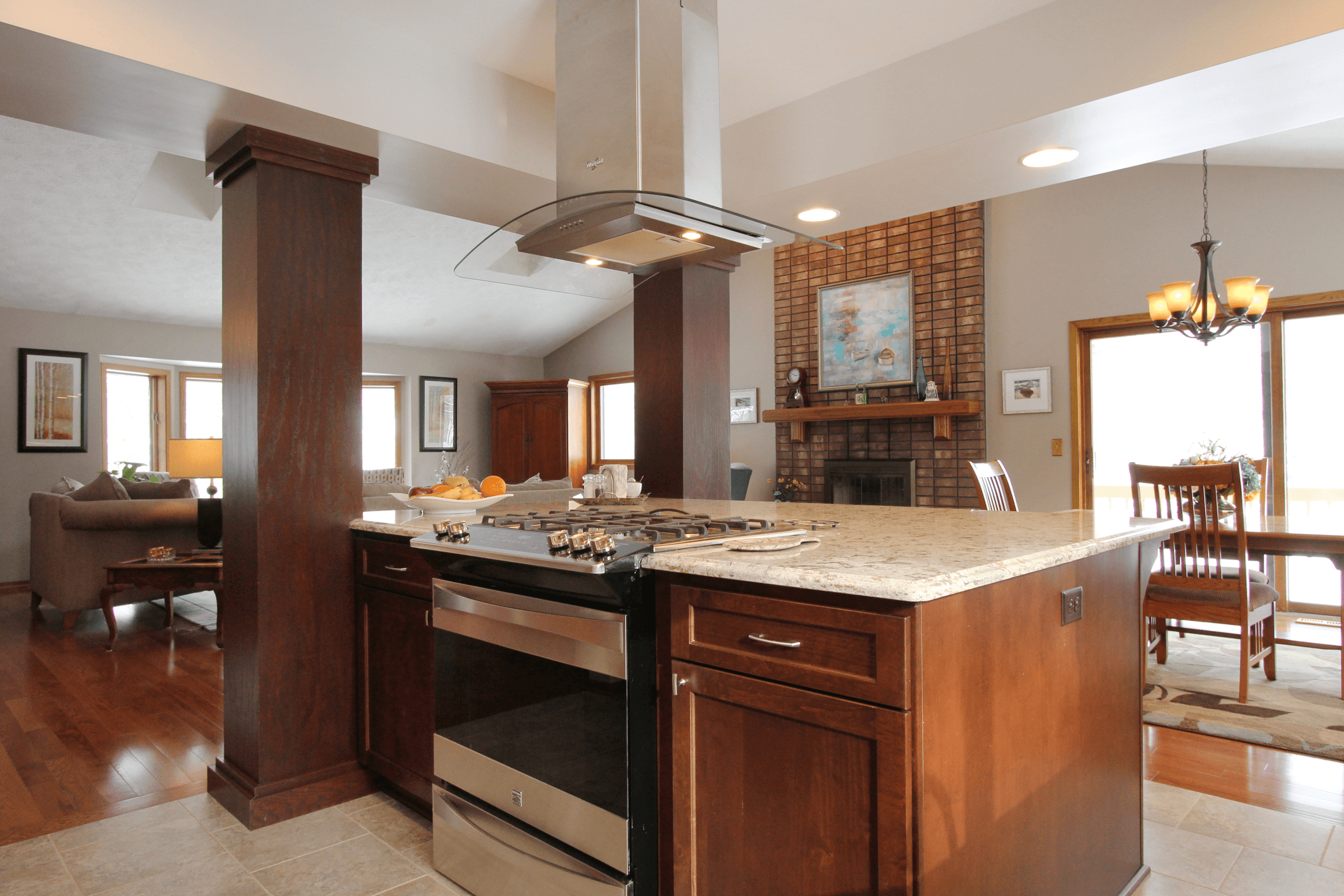





































:max_bytes(150000):strip_icc()/distanceinkitchworkareasilllu_color8-216dc0ce5b484e35a3641fcca29c9a77.jpg)






















:max_bytes(150000):strip_icc()/GettyImages-1398693405-ab1afd6b3c3b41bc990a812e5381d746.jpg)



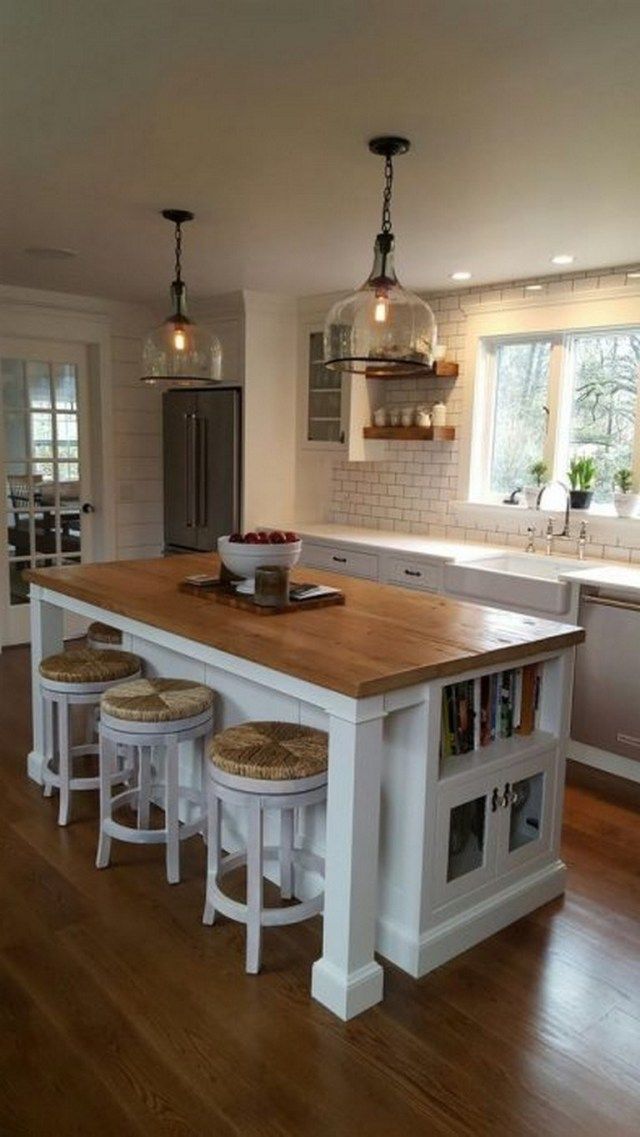


/farmhouse-style-kitchen-island-7d12569a-85b15b41747441bb8ac9429cbac8bb6b.jpg)


:max_bytes(150000):strip_icc()/KitchenIslandwithSeating-494358561-59a3b217af5d3a001125057e.jpg)




-VIV-sectional-1.jpg)
